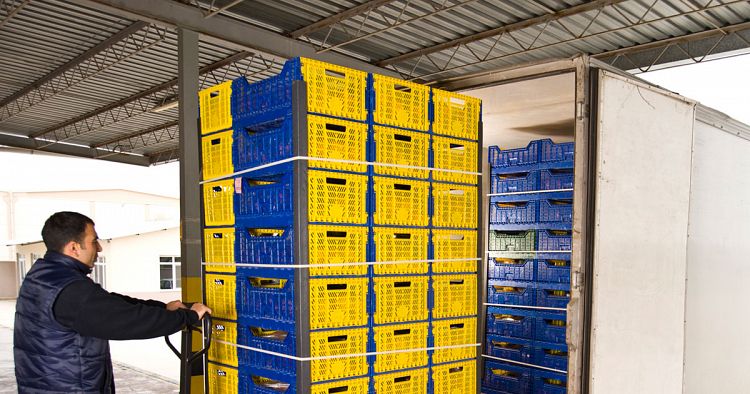We all know that when it comes to transporting and storing temperature-sensitive and humidity-sensitive goods, refrigerated containers are your business’ best friend.
Reliability and cost-effectiveness are what make them an ideal solution for many businesses, however, misusing them will turn them into a liability that you didn’t know you had.
Air flow within a reefer container is perhaps the most important factor to consider when stuffing it with goods. If air is able to flow sufficiently, your container will function optimally, and your products will remain undamaged.
Now you may be wondering why you would stuff goods in the first place, and if goods are stuffed inside a container, how will you ensure good air flow?
Conatiner Stuffing Explained
To clarify, stuffing in this context refers to the skill or art of packing a refrigerated container to a maximum optimal capacity as opposed to shoving, ramming, cramming or forcefully filling something in.
The type of produce as well as the associated packaging influence how the stuffing takes place and help you decide on your requirements for air flow.
Chilled produce like fresh fruit and veg release respiratory heat which must be carried away to maintain the required temperature. This necessitates an air flow which circulates through the packages.
On the other hand, pre-cooled, frozen goods require air to circulate around the packages and not through them. In this instance, the temperature of the flowing air is higher than that of the frozen goods, so if air were to circulate through, the goods will absorb that heat over time and will no longer hold the desired temperature.
With that being said, there are generally two reefer cargo loading patterns to consider:
Block Stowage
This common method of loading ensures that goods being delivered to a specific destination are stowed together. It’s often used for non-palletised goods i.e. loose goods with the aim of speeding up off-loading whilst minimising unnecessary movement and disturbance of other goods within the same container.
Palletised Stowage
Another common method of loading by which goods are stowed securely onto a pallet.
Fresh, chilled produce is usually loaded via this method with the weight of produce being supported by the pallet. It is therefore vital to ensure that the corners of the boxes are aligned with the corners of the pallet.
Air holes in the boxes also need to be aligned to support easy, free air flow within products. As mentioned earlier, heat must be carried away to maintain desired temperatures. Since hot air rises by virtue of physics and nature, the last thing you need is hot air being trapped in one of your packages due to the misalignment of air holes.
Top Tips for Reefer Stuffing
Regardless of the type of produce you’re working with or the type of loading you choose; we share some helpful tips to ensure that the air within your refrigerated container is always circulating the way it should be.
- Never load beyond the edge of the T-floor to help ensure an even airflow.
- If you don’t have enough cargo to fill up the T-floor, resort to using a filler or dunnage to cover vacant spaces on the floor as well as between pallets.
- Never load your products beyond the load line of your container. Again, containers are designed to have enough air space above the cargo so that air can flow freely back to the refrigeration unit. Blocking this space means hot air can get trapped.
- Avoid packing too closely to the container walls as air might not flow around your packages sufficiently or effectively.
- Avoid pre-cooling your container. This may seem like a less-obvious thing to avoid, however, when a pre-cooled reefer is opened to load cargo, the warmer external air can cause condensation which can damage your boxes and potentially the goods.
For more information about our refrigerated containers, best practices and temperature-controlled solutions, contact our expert cold storage team today.













